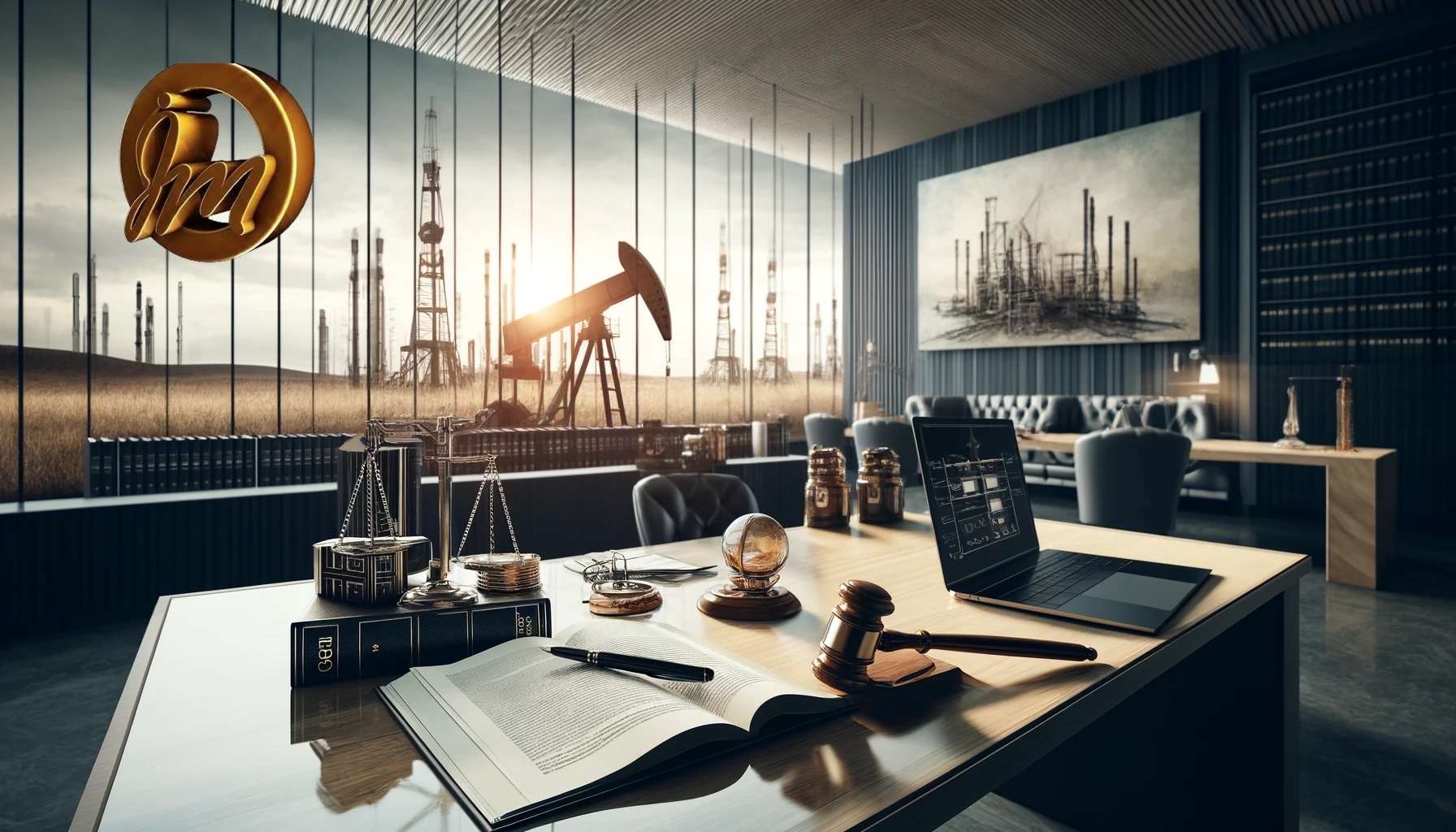At Josh and Mak International, we provide detailed legal guidance on regulatory frameworks within the energy sector. This article offers a comprehensive overview of the “Oil Transportation (Pipeline) Technical Standards,” established by the Oil and Gas Regulatory Authority (OGRA) of Pakistan. These standards set out the technical requirements for the design, construction, operation, and maintenance of oil transportation pipelines, ensuring safety, reliability, and efficiency.
Scope and Applicability
The Oil Transportation (Pipeline) Technical Standards apply to all licensees involved in the regulated activity of transporting petroleum products through pipelines. These standards cover various aspects of pipeline systems from the producer’s lease facilities to delivery and receiving points such as tank farms, refineries, and terminals.
Key Provisions of the Standards
1. Short Title and Commencement
- These regulations may be cited as the “Oil Transportation (Pipeline) Technical Standards” and came into force immediately upon their publication on July 3, 2009.
2. Applicability
- These regulations are applicable to all licensees undertaking the regulated activity of transporting petroleum products through pipelines.
3. Definitions
- The standards provide definitions for key terms used throughout the document, such as defect, engineering design, general corrosion, girth weld, imperfection, internal design pressure, maximum steady state operating pressure, and others.
Design Standards
Pipe Design
- Pipes must be designed with sufficient wall thickness to withstand internal and external pressures. The internal design pressure for pipes is calculated using a specific formula that considers factors such as diameter, wall thickness, and allowable stress values.
Valves and Flanges
- Valves must meet the minimum requirements of API 6D or equivalent standards. Flanges must conform to ANSI B16.5 and MSS SP-44, ensuring they can withstand maximum operational pressures.
Pressure Control Guidelines
- The standards outline the maximum allowable pressures at various points in the distribution system, such as sales meter stations, city gates, and customer service points.
Construction Standards
Handling and Installation
- Proper handling and installation techniques are mandated to prevent damage to pipes, coatings, and fittings. Guidelines are provided for ditching, backfilling, and ensuring sufficient cover for buried pipelines.
Crossing Railroads and Highways
- Standards for both cased and uncased crossings are detailed, including minimum wall thickness requirements and the need for proper alignment and clearance.
Cathodic Protection
- Measures to prevent corrosion through cathodic protection systems are required, ensuring long-term integrity of the pipeline.
Operational Standards
Inspection and Maintenance
- Regular inspections and maintenance activities are required to ensure the continued safety and efficiency of the distribution system. This includes periodic testing of pressure control devices and cathodic protection systems.
Emergency Preparedness
- The standards mandate procedures for handling emergencies, including gas leaks, equipment failures, and natural disasters. Companies must have contingency plans in place to mitigate risks.
Record Keeping
- Detailed records of inspections, maintenance, and operational activities must be maintained. This ensures traceability and accountability, facilitating regulatory compliance and operational audits.
Safety Measures
Fire Safety
- The standards classify different types of fires and provide guidelines for fire prevention and control measures. This includes the installation of fire extinguishing systems and emergency relief venting to prevent excessive vapor pressure rise.
Hazardous Area Classification
- The standards define classes of hazardous locations and the required constructional features for equipment used in these areas. This ensures that equipment is suitable for use in environments where flammable gases, vapors, or dust may be present.
Material Specifications
Steel Pipe Material Standard
- Steel pipe manufactured in accordance with standards such as API 5L and ASTM specifications is acceptable. The material must maintain structural integrity under design conditions and be chemically compatible with the transported fluid.
Marking of Materials
- Each valve, fitting, length of pipe, and other components must be marked to indicate size, material, manufacturer, pressure rating, and temperature rating. This ensures traceability and compliance with specifications.
Welding Standards
Welding Techniques
- Welding techniques for arc and gas welding of pipe in both wrought and cast steel materials are specified. Qualified welders must use detailed welding procedures to ensure sound welds.
Inspection and Testing
- Welds must undergo visual inspection and nondestructive testing to ensure they meet the standards set forth in API Standard 1104.
Legal and Operational Implications
Compliance
- Adherence to these standards is mandatory. Non-compliance can result in severe legal and financial consequences, including fines, operational shutdowns, and increased liability.
Quality and Reliability
- Implementing these standards ensures the high quality and reliability of pipeline systems. This reduces the risk of failures and enhances the overall safety and efficiency of oil transportation operations.
Safety and Risk Management
- The standards are designed to mitigate risks associated with oil transportation through pipelines. By following these guidelines, companies can prevent accidents, protect public health, and ensure the safety of their operations.
Transparency and Accountability
- The detailed record-keeping and reporting requirements promote transparency and accountability within the industry. This facilitates regulatory compliance and enables quick identification and rectification of any issues.
International Standards
- Compliance with internationally recognized standards ensures that pipeline systems in Pakistan meet global benchmarks for safety and quality. This enhances the competitiveness and credibility of the industry.
Conclusion
The “Oil Transportation (Pipeline) Technical Standards” provide a robust framework for ensuring the safety, reliability, and efficiency of oil transportation pipelines in Pakistan. These standards are well-aligned with international benchmarks and emphasize quality assurance and safety. At Josh and Mak International, we are dedicated to assisting our clients in understanding and complying with these standards, ensuring their operations meet the highest regulatory and safety requirements. For detailed advice and support, please contact our expert team.

